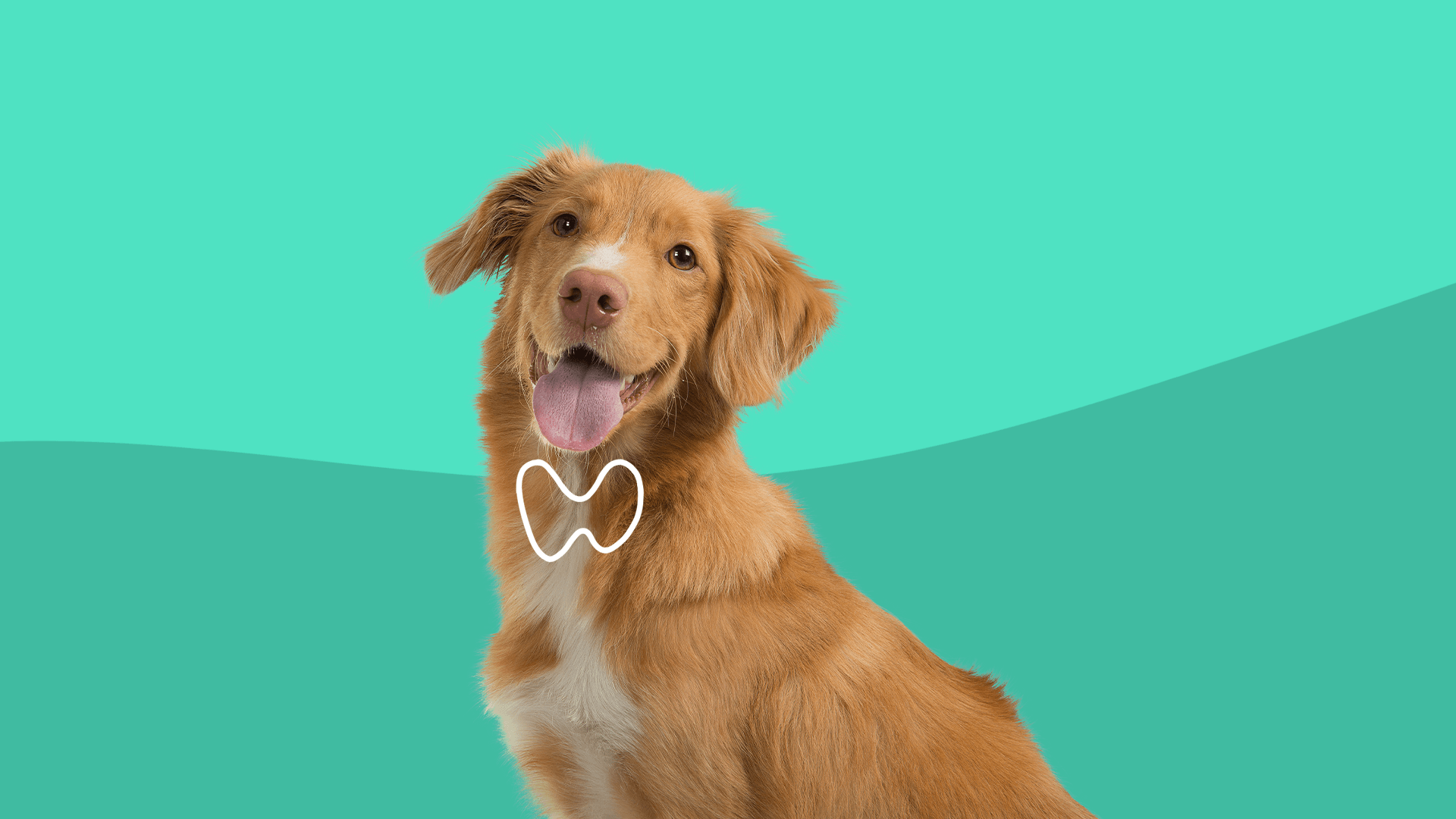Key takeaways
Hypothyroidism in dogs is characterized by insufficient hormone production by the thyroid gland, affecting metabolism and various body systems, with common symptoms including weight gain, reduced activity, and skin changes.
It predominantly affects middle-aged, medium to large dog breeds, with idiopathic causes being the most common, though it can also result from immune-mediated conditions, congenital defects, or tumors.
Treatment involves prescription medication containing levothyroxine sodium, tailored to the dog’s specific needs based on blood levels of thyroxine and weight, with regular adjustments and monitoring required over the dog’s lifetime.
While hypothyroidism is not usually life-threatening with proper treatment, untreated conditions can lead to a significant decrease in the quality of life, but when managed appropriately, dogs can see an improvement in symptoms within a month or two.
Just like their human owners, dogs can develop hypothyroidism—though the symptoms and causes are a little different. The thyroid is a gland in your dog’s neck that secretes hormones, such as thyroxine (T4), that are important for metabolism and other significant body functions. Hypothyroidism occurs when your dog’s thyroid does not make enough of these hormones.
What is hypothyroidism?
Hypothyroidism in dogs means that your pup’s thyroid gland is not secreting enough hormones to support your dog’s metabolism. This causes problems with multiple systems in your dog’s body.
Hypothyroidism is more common in dogs than in other domesticated animals. While it can occur at any age and in any breed, it is more common in middle-aged dogs (about four to six years old) and in medium to large dog breeds, particularly the following:
- English setter
- Golden retriever
- Irish setter
- Doberman pinscher
- Dachshund
- Miniature schnauzer
- Boxer
- Poodle
Causes of hypothyroidism in dogs
“Most cases of hypothyroidism are what’s called idiopathic, a fancy word for we just don’t know what caused it,” says Chyrle Bonk, DVM, a remote veterinary consultant for petkeen.com.
Other causes of hypothyroidism in dogs include:
- Immune-mediated lymphocytic thyroiditis
- Congenital defects
- Impaired thyroid stimulating hormone secretion
- Tumors
These lead to inflammation or shrinkage of the thyroid, which causes dysfunction in hormone excretion.
A dog may have low thyroid hormone levels, but not have hypothyroidism. Factors that can cause a dog’s thyroid levels to test low include:
- Concurrent illnesses
- Age
- Breed
Symptoms of hypothyroidism in dogs
Hypothyroidism in dogs affects all of their organ systems, but primarily their metabolism. Symptoms can vary from dog to dog, and may include:
- Weight gain or obesity, without eating more
- Reduced activity levels
- Mental dullness
- Cold intolerance, or heat seeking
- Changes in coat and skin, such as increased shedding, hair thinning, hair loss, infections, or bad smell
- Ear infections
- Thickening of the skin, particularly in areas of friction, such as the armpit, groin, or around the face and head
- Reproductive problems in dogs who are not spayed or neutered
- High cholesterol (about 75% of dogs with hypothyroidism have elevated cholesterol levels)
If your dog is showing signs of hypothyroidism, it’s important to take them to be evaluated by a vet. If your dog does have hypothyroidism, medication can make a big difference to quality of life. While treatment for hypothyroidism is lifelong, most dogs respond well.
“If it isn’t managed properly it can decrease their quality of life,” says Dr. Bonk. “Just imagine if you felt tired all of the time or had to carry around excess weight that you just couldn’t get rid of.”
How to treat hypothyroidism in dogs
Hypothyroidism in dogs is treated with prescription medication containing levothyroxine sodium.
“While the thyroid supplement that is prescribed for people is safe to use in dogs, the dosage that a dog would receive is very different from that which a human is prescribed,” says Theresa W. Fossum, DVM, Ph.D., founder of Dr. Fossum’s Pet Care. “Your veterinarian will tailor the dose for your dog based on the blood levels of thyroxine that your dog has.”
Dosage also depends on the dog’s weight. Your vet will determine the best medication schedule, but generally thyroid medications are given by mouth either once or twice a day.
It may take some adjustments to find the right dosage at first, and dosage is likely to need adjusting over the course of the dog’s life, even once a treatment routine is in place. Dogs should have their thyroid levels retested once or twice a year to make sure the treatment is still working well. Dogs usually respond well to treatment, with noticeable signs of improvement within a month or two.
Side effects of the medication are possible. Check in with your vet if your dog experiences:
- Loss of appetite/not eating
- Itchiness
- Skin problems (such as red, inflamed skin)
- Change in activity level (decreased or increased)
- Gastrointestinal issues like vomiting or diarrhea
- Increased drinking and urinating
- Agitation or behavior issues
- Sudden or unexplained weight loss
“Hypothyroidism isn’t usually life threatening, especially with proper treatment and monitoring,” Dr. Bonk says. Still, untreated hypothyroidism can lead to worsening symptoms and the dog feeling unwell. Correct treatment can help the dog feel much more comfortable and be the pup you know and love.



